Can I Use a 16 Gauge Wire for Lighting? (Expert Guide)
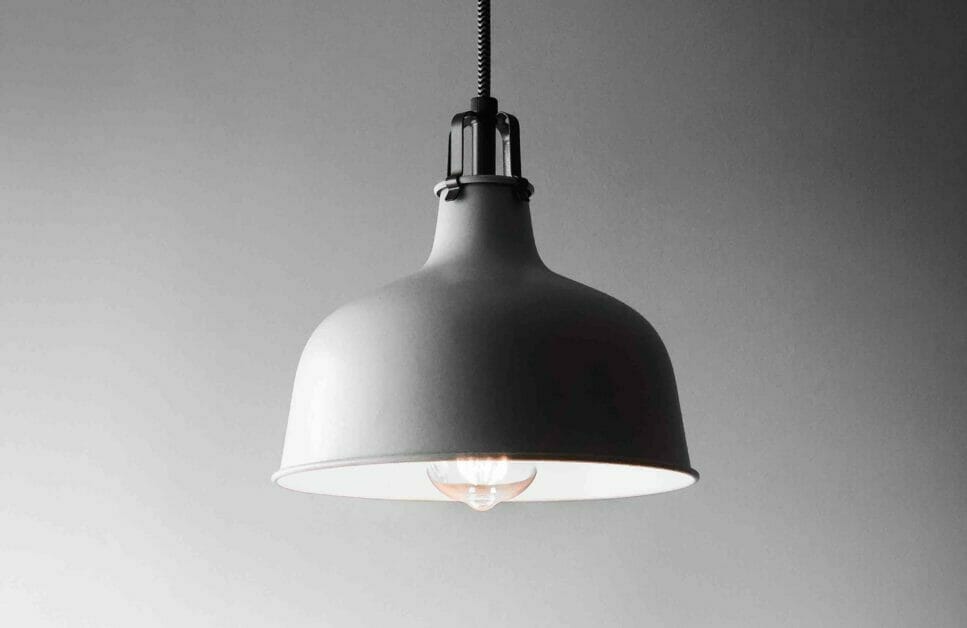
Imagine you’ve just discovered the perfect vintage chandelier for your dining room and are eager to install it. But then a question: “Is 16-gauge wire up to the task for this lighting project?”
Well, the short answer is yes. Using 16 gauge wire for most common household lighting fixtures is safe and effective.
Discover why 16 gauge wire works well for lighting purposes. We’ll also explore some considerations you should consider when undertaking your wiring projects. Whether you’re an experienced DIYer or just dipping your toes into the world of home improvement, I’ve got some useful insights to share with you!
We’ll get into more detail below.
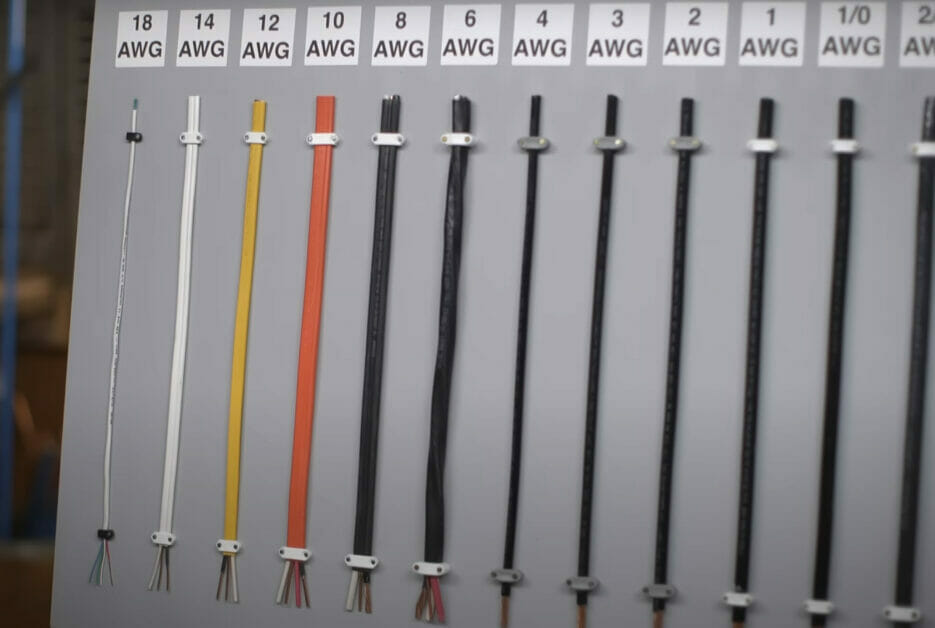
Primer: Understanding Wire Gauge
Let’s dive straight into the thick of things, shall we? When we talk about a wire gauge, it’s essentially a measurement that tells us the diameter of the wire.
The key thing to remember here is that as the gauge number increases, the thickness or diameter of your wire decreases.
So why does this matter for lighting? If you’ve ever tinkered around with electronics or delved into DIY lighting projects, you’ll understand how important choosing an appropriate wire size is.
And by ‘appropriate,’ I mean a size that can handle the current flowing through without overheating or causing any potential hazards.
| Wire Gauge | Current Capacity |
|---|---|
| 32 | Very Low |
| 16 | Moderate |
| 10 | High |
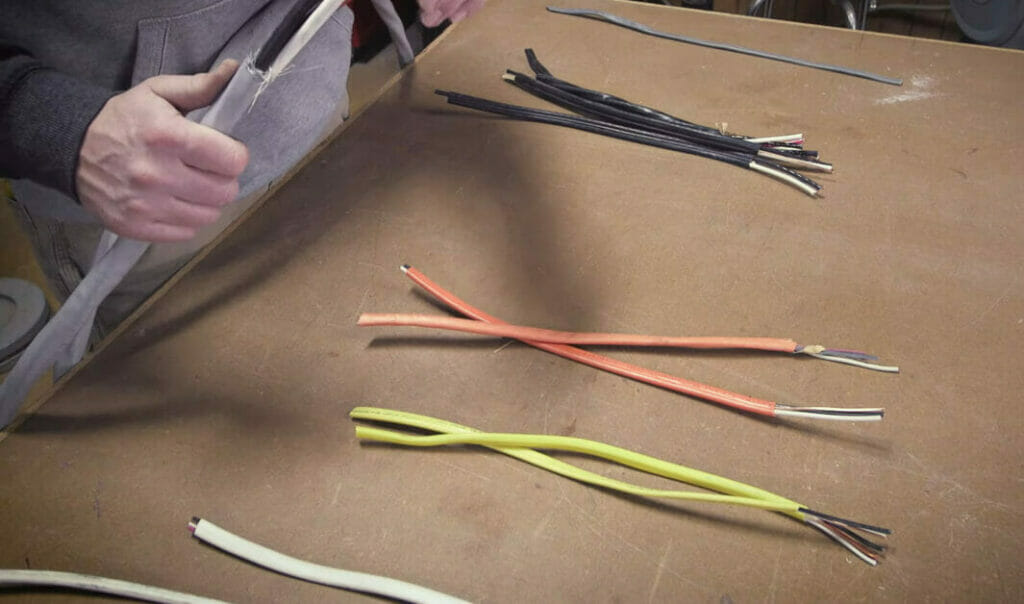
Comparing Wire Gauges for Home Lighting
Choosing the right wire gauge is pivotal for the safety and efficiency of your lighting projects. Due to its balanced characteristics, the 16-gauge wire is a popular choice for many residential lighting applications.
To better understand its position among other wire gauges, here’s a comparison:
| Wire Gauge | Current Capacity | Typical Use | Advantages |
|---|---|---|---|
| 32 | Very Low | Specialized microelectronics | Extremely thin, good for intricate electronic work |
| 16 | Moderate | Household lighting, small appliances | Versatile, economical, widely available |
| 10 | High | Large appliances, air conditioners | Can handle high current, suitable for high-power devices |
| 14 | Above moderate | General household circuits, outlets | Good balance between thickness and current capacity |
| 12 | Higher than 16-gauge | Heavy-duty household appliances, some air conditioners | Greater current capacity than 16-gauge |
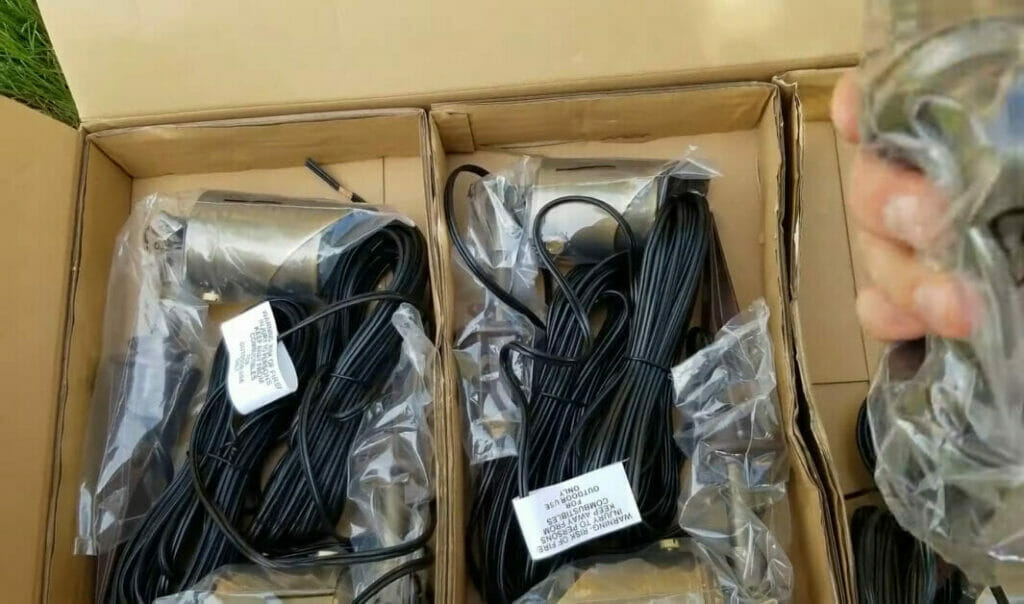
16-Gauge Wire for Residential Lighting: An Overview
When it comes to wiring, one size doesn’t fit all. But can you use a 16 gauge wire for lighting? Absolutely! Let’s dive deep into the world of 16-gauge wires.
Basics:
- Wire Gauge and Features: The 16-gauge wire perfectly balances thickness and flexibility. While it’s thinner than 10 or 12-gauge, it’s still thicker than 18-gauge, providing maneuverability in tight spaces and efficient electrical transfer.
- Load Capacity: Most household lighting circuits operate on a 15-amp basis, handling roughly 1800 watts. The 16-gauge wire aligns with these needs and is rated to transmit up to 13 amps securely.
Heat & Safety:
- Electrical currents generate heat: Given its dimensions, the 16-gauge wire might exhibit certain heat losses. It’s imperative to match your chosen wire gauge with the power demands of your fixtures to sidestep potential overheating.
Applications:
- Recessed Lighting: These typically require just around .5 amps to function safely and efficiently – making them an ideal match for your 16-gauge wire.
- LED Fixtures: Another area where our thin-wired champ shines! LED lights have little power, making them compatible with these smaller gauges.
Practical Considerations:
- The length of your wiring run: If you’ve got long runs – say over 100 feet – voltage drop might become an issue.
- Your fixture’s requirements: Always check what your specific light fixture requires regarding wiring.
Key Benefits:
| Benefits | Details |
|---|---|
| Versatility | Suitable for various lighting applications |
| Heat Resistance | Insulation can tolerate high temperatures |
| Installation Ease | Smaller diameter means easy manipulation & space-saving |
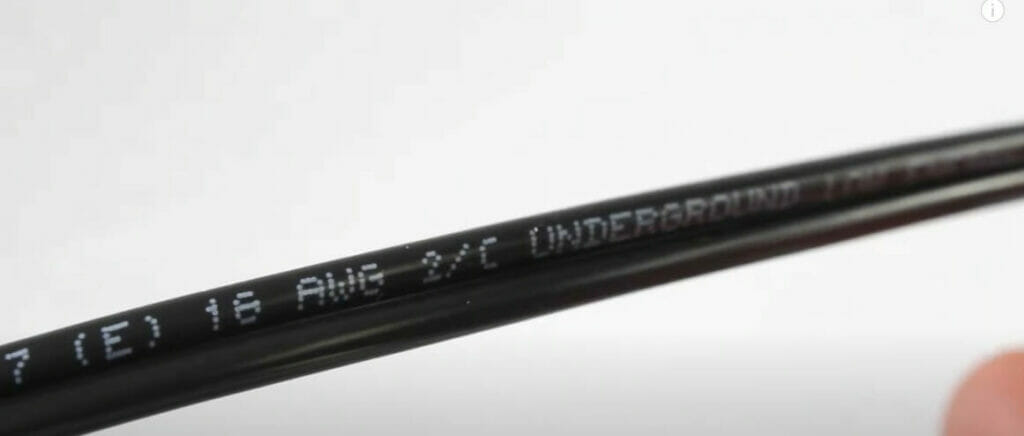
Understanding the Pitfalls of Using 16-Gauge Wire
While the 16-gauge wire is versatile and commonly used in many residential lighting scenarios, like every electrical component, it comes with its own set of potential challenges.
Awareness of these pitfalls ensures you make informed decisions and can navigate potential issues during your electrical projects.
| Potential Pitfall | Explanation | Preventive Measure |
|---|---|---|
| Overloading | Exceeding the 13 amps capacity can lead to overheating and potential fire hazards. | Always tally the total amperage of devices on the circuit. |
| Voltage Drop on Long Runs | Overextended distances beyond 100 feet, the voltage can drop, affecting fixture performance. | Use thicker wire or install a booster for longer runs. |
| Heat Accumulation | Improper insulation or bundling can lead to heat buildup. | Ensure good insulation and avoid bundling wires too tightly. |
| Physical Damage | Exposed wires or those not properly protected can be prone to physical damage. | Use conduit or protective sheathing and ensure no exposed sections. |
| Mismatch with Fixtures | Some fixtures might require a thicker gauge due to their power demands. | Always check fixture requirements and match the appropriate wire gauge. |
Step-by-Step Installation Guide for 16-Gauge Wire in Home Lighting
Embarking on a DIY electrical project can be both rewarding and economical. However, the key to a successful installation lies in meticulous planning and adhering to safety guidelines. If you’ve chosen 16-gauge wire for your home lighting project, here’s a straightforward step-by-step guide to help you navigate the process:

Step 1: Prioritize Safety
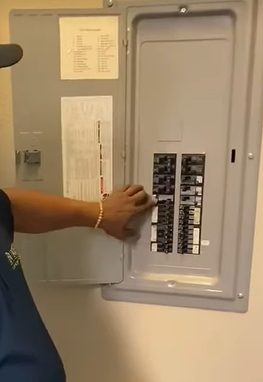
- Ensure that the power is turned off from the main breaker.

- Use insulated tools and wear protective gloves and eyewear.
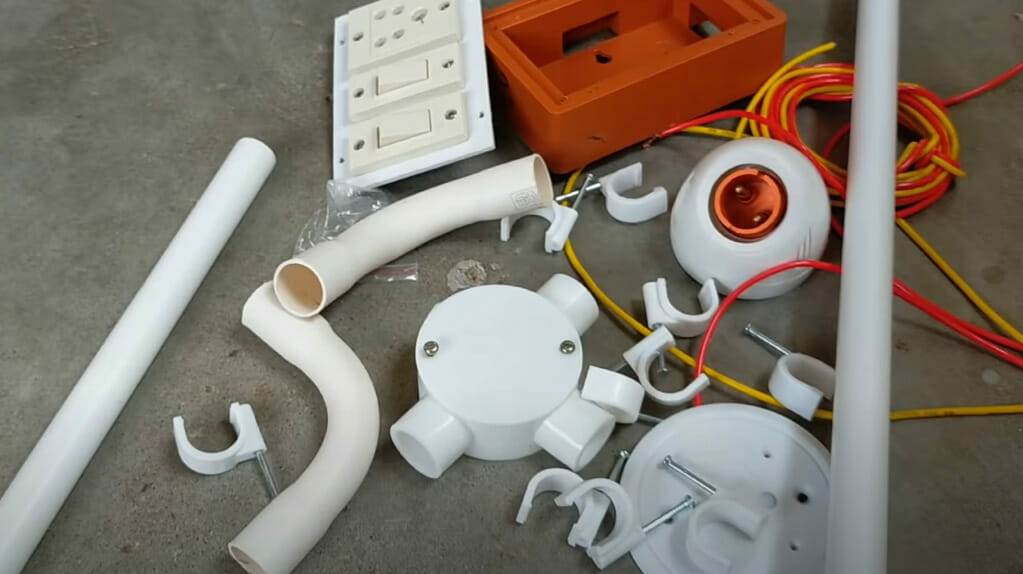
Step 2: Gather Necessary Materials
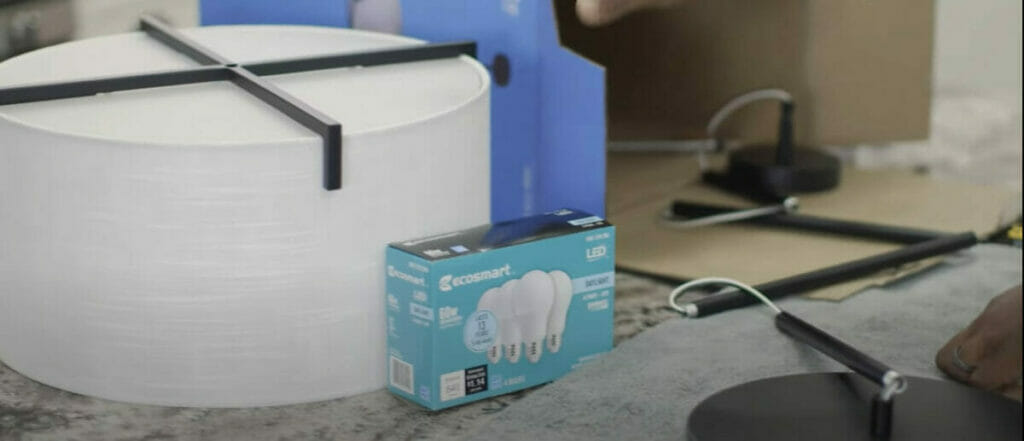
- Collect your 16-gauge wire, wire strippers, wire nuts, screwdrivers, lighting fixtures, and any other materials specified by your light fixture’s instructions.
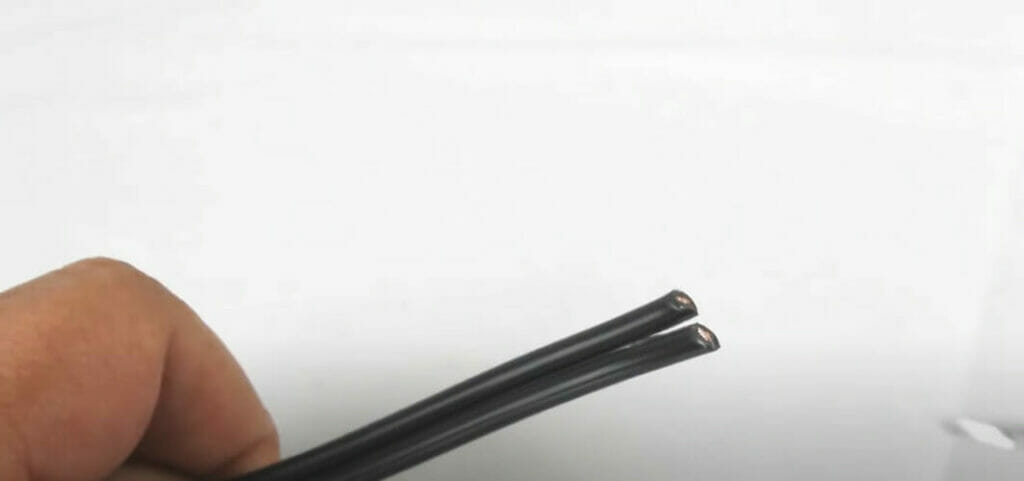
Step 3: Prep the Wire
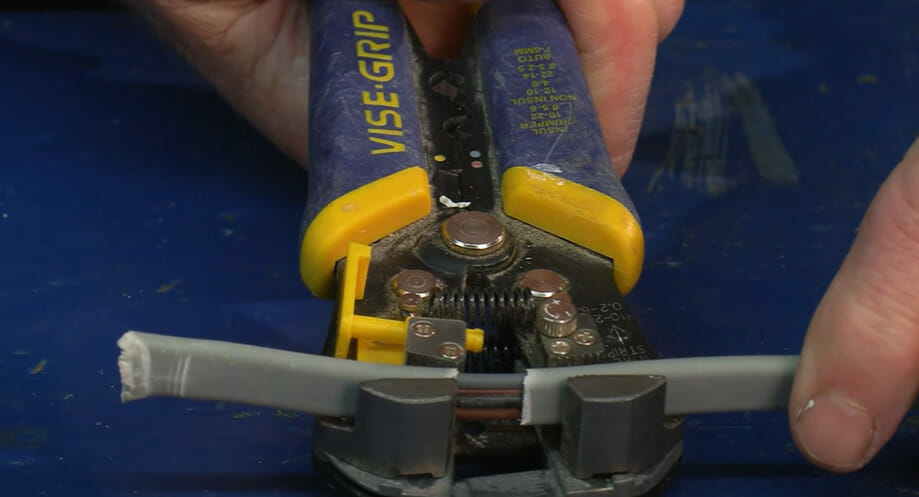
- Measure and cut the desired length of the 16-gauge wire.
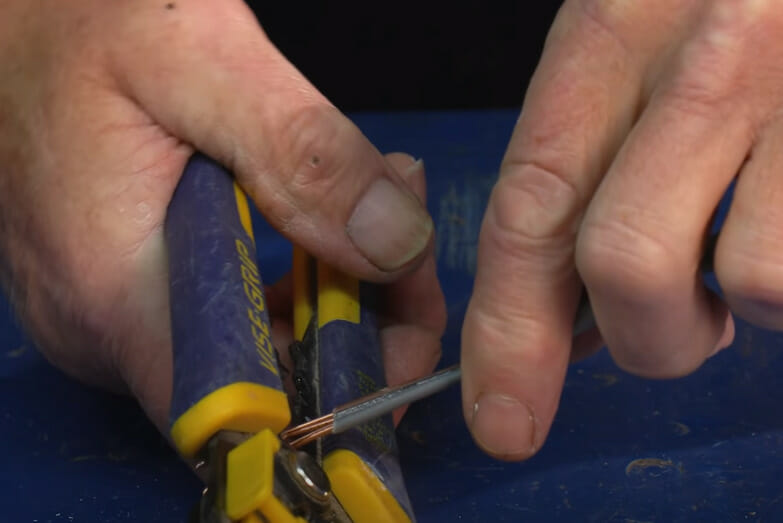
- Using wire strippers, remove about half an inch of insulation from the wire ends.
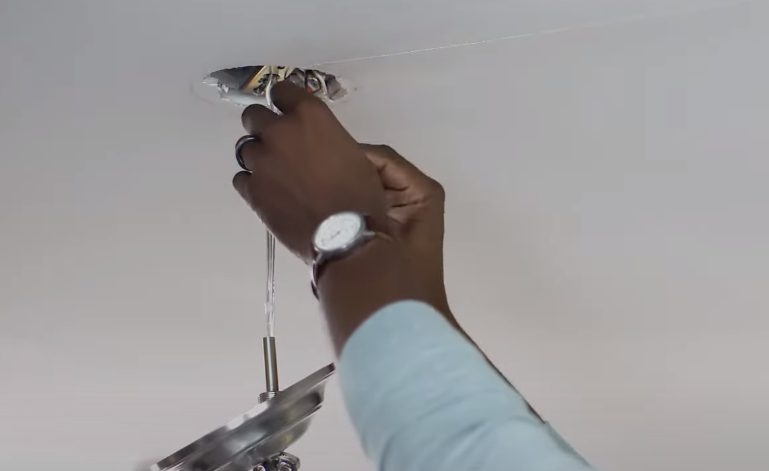
Step 4: Position the Fixture

- If installing a ceiling fixture, locate the ceiling joists and ensure your fixture will be anchored securely.
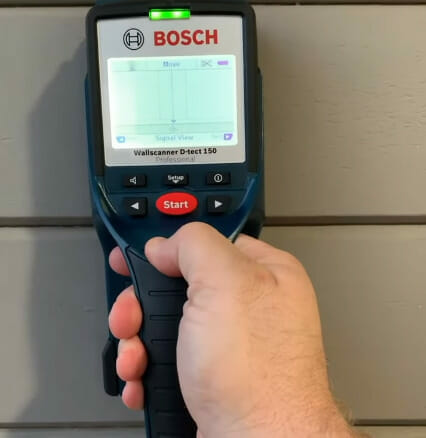
- For wall fixtures, find the wall studs. Use a stud finder if necessary.
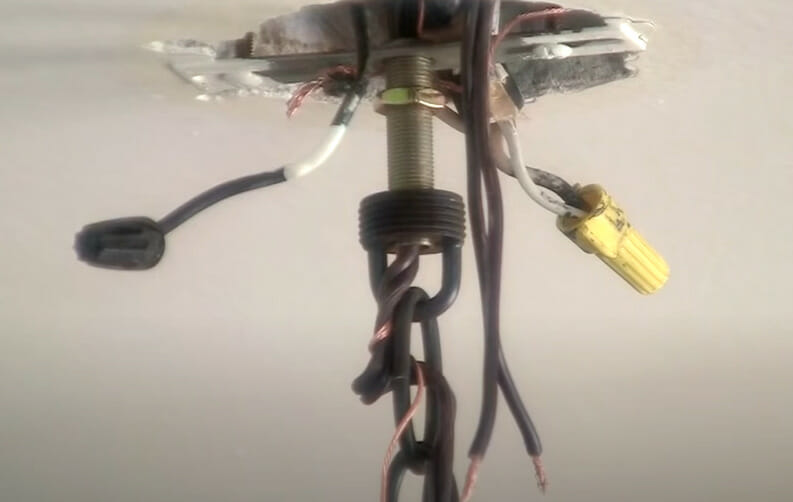
Step 5: Connect the Wires
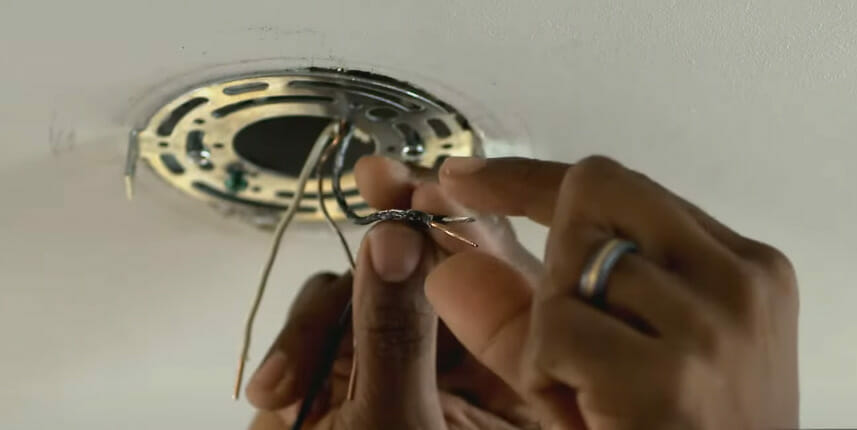
- Match the color of the wires: typically, black (or red) to black for the hot wire, white to white for neutral, and green or bare to green or bare for the ground.
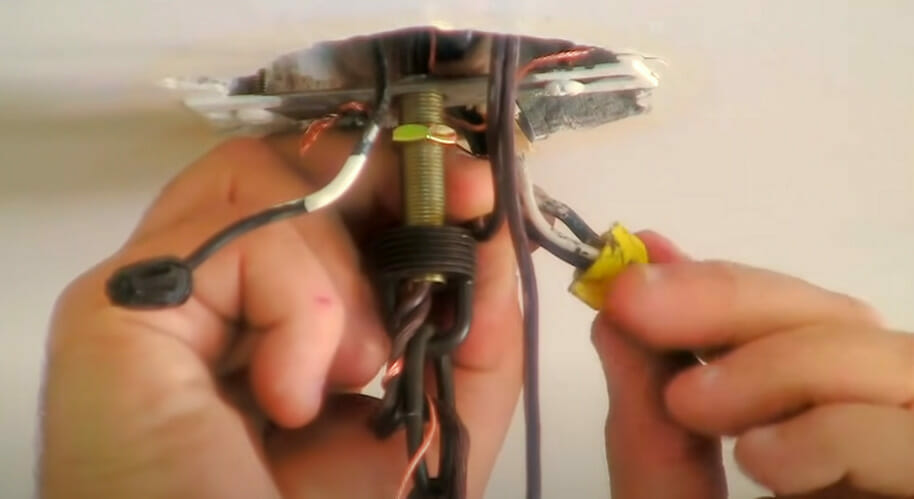
- Using wire nuts, twist the corresponding wires together. Make sure no bare wire is exposed beneath the wire nut.

Step 6: Secure the Fixture
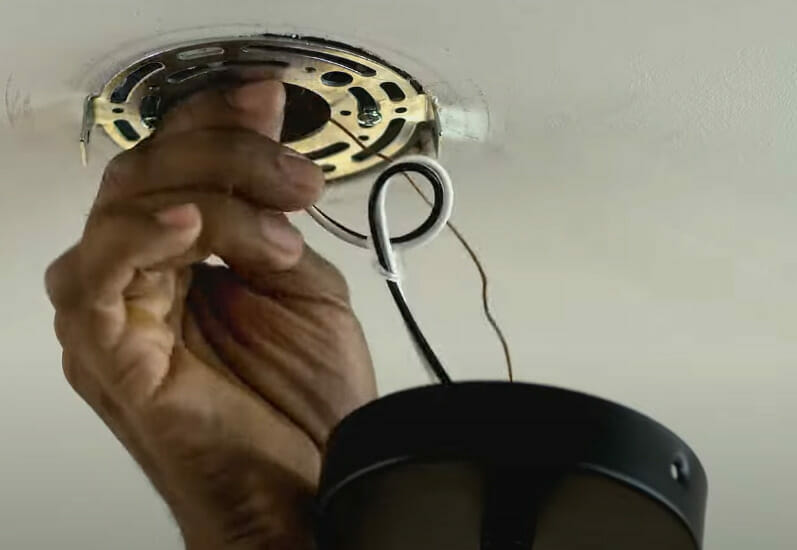
- Attach the fixture to the ceiling or wall as the installation guide directs.
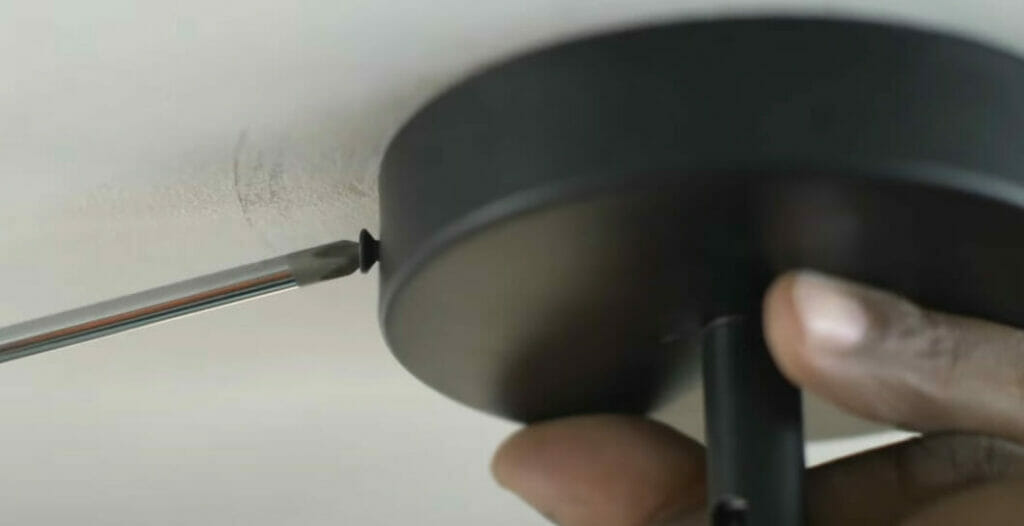
- Ensure all screws and bolts are tight, and the fixture is securely in place.

Step 7: Restore Power and Test
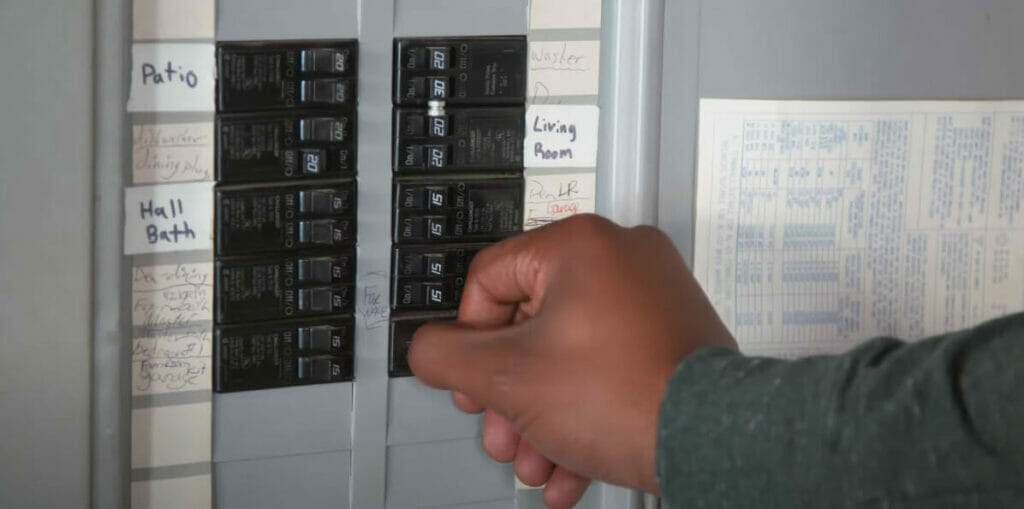
- Once the installation is complete, restore power from the main breaker.
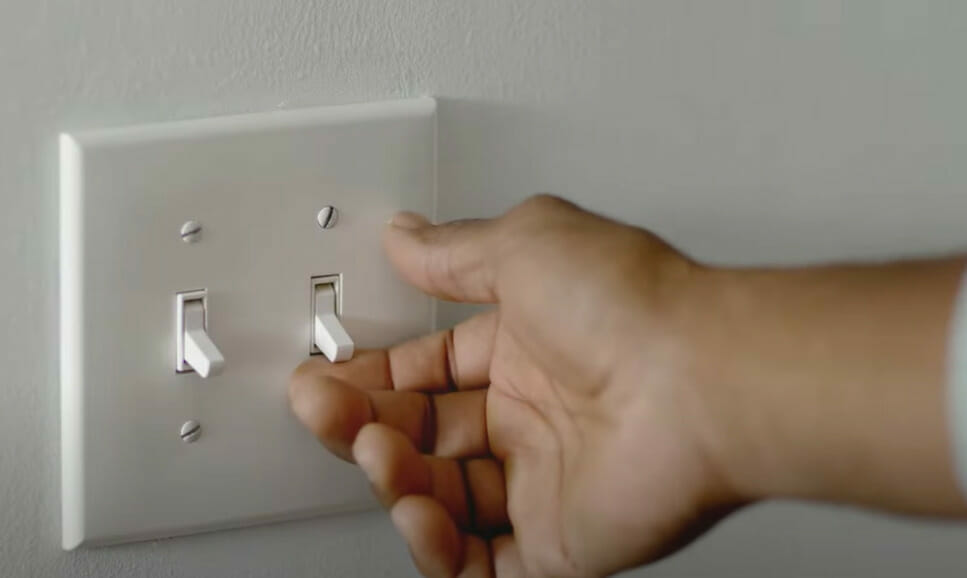
- Turn on the light switch to test the new fixture. Ensure it operates correctly and safely.
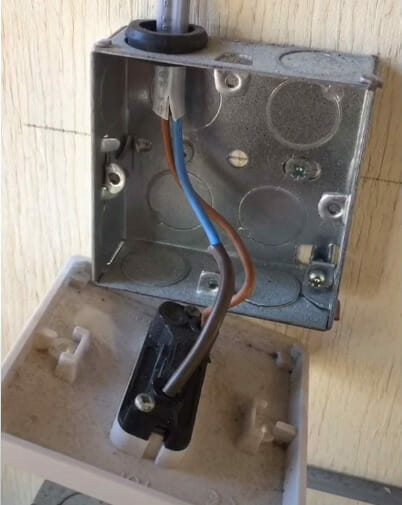
Maintenance and Care
To ensure longevity and optimal performance from your 16-gauge wire in home lighting applications, periodic maintenance and care are essential.
Here’s a guideline to help you keep your wiring in top-notch condition:
| Maintenance Aspect | Recommendation |
|---|---|
| Visual Inspection | Periodically, switch off the main power and visually inspect the wires for any signs of wear, fraying, or discoloration. Replace sections that seem damaged. |
| Dust and Debris | Ensure that the areas around light fixtures and junction boxes are free from excessive dust or debris. Over time, accumulated dust can become a fire hazard. |
| Connection Tightness | At least once a year, ensure that all wire connections are tight and secure. Loose connections can lead to arcing and potential fire hazards. |
| Moisture Checks | In areas of high humidity or potential water exposure (like basements), check for any signs of moisture around the wire insulation. Moisture can degrade insulation over time. |
| Insulation Check | Examine the insulation around the wires. Consider replacing the wire if it’s cracking, brittle, or peeling. Deteriorated insulation can expose the conductive wire, increasing the risk of short circuits. |
| Update and Upgrade | If your home’s wiring is decades old, consider consulting an electrician for an upgrade, even if the wires appear in good condition. Modern wiring can offer enhanced safety features. |
Code and Safety Insights for 16-Gauge Wiring
Now, let’s delve into the code and safety considerations when using 16-gauge wire for lighting. Understanding that the National Electrical Code (NEC) has set guidelines regarding wiring sizes, including lighting circuits, is crucial.
- Size and Capacity: 16-gauge wire is relatively thin compared to other standard wires used in residential settings. This means it can carry less current than thicker gauge wires.
- Household Application: Most household lighting fixtures don’t exceed this amp rating, making a 16-gauge wire safe for such applications.
- Safety First: Call a professional When you doubt your home’s electrical system. It’s not worth risking your safety or damaging your home by doing it yourself if you’re unsure.
Frequently Asked Questions
Q: How do I know which wire gauge to choose for my project?
A: Considering the total electrical load of the fixtures you’re installing is pivotal. For most home lighting circuits, a 16-gauge wire is sufficient. However, it’s wise to consult an electrician or refer to the NEC guidelines when in doubt.
Q: Can I use a 16-gauge wire for outdoor lighting?
A: Yes, 16-gauge wire can be used for outdoor lighting. However, use wire labeled for outdoor or direct burial to withstand environmental factors.
Q: How does the wire gauge affect heat generation?
A: The thinner the wire (higher gauge number), the more resistance it has, leading to more heat generation when electricity passes through it. It’s essential to use the appropriate wire gauge to prevent overheating.
Q: Is it safe to DIY my home lighting with 16-gauge wire?
A: If you have basic knowledge about electrical work, using 16-gauge wire for simple projects can be done DIY. However, for more complex installations or if you’re unsure, always consult or hire a professional electrician.
Q: Can the 16-gauge wire be used for appliances other than lighting?
A: While 16-gauge wire is popular for lighting, its use for appliances depends on the appliance’s power draw. Always check the device’s electrical requirements and consult NEC guidelines.
References
Website Resources:
- IEEE Xplore. https://ieeexplore.ieee.org/Xplore/home.jsp
- National Fire Protection Association. https://www.nfpa.org/
- The Spruce. https://www.thespruce.com/
- Electrical Safety Foundation International (ESFI). https://www.esfi.org/
Video Resources:
Sparkipeat
BEEE Works
hammondelectric18
Skill Builder
ehowhome
block4364
techsavvydude
loadout_shop
The Home Depot
Discount Low Voltage
AK Lighting
Phillip Bridges
This Old House
